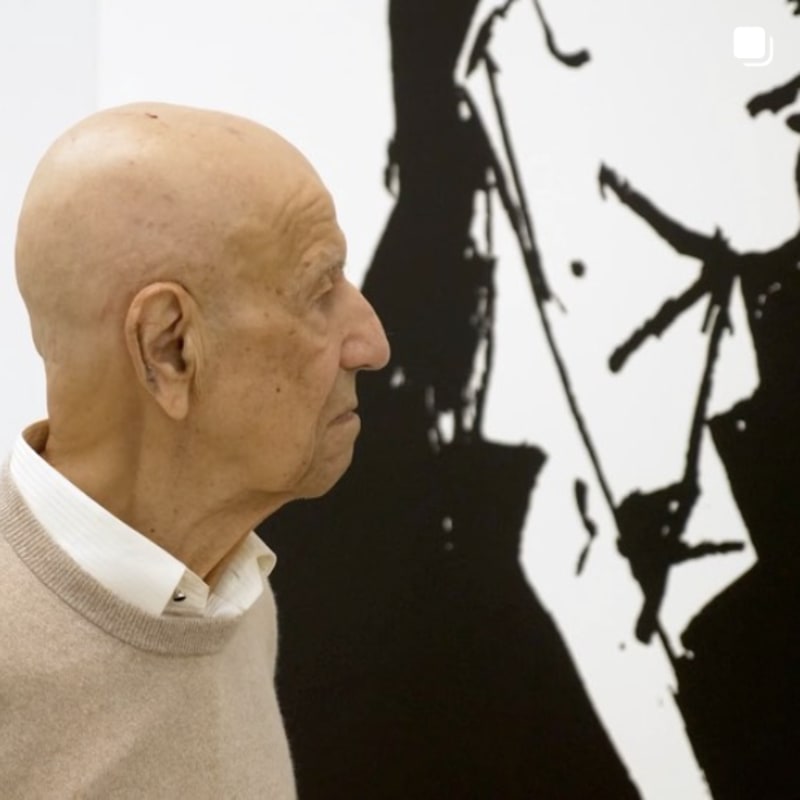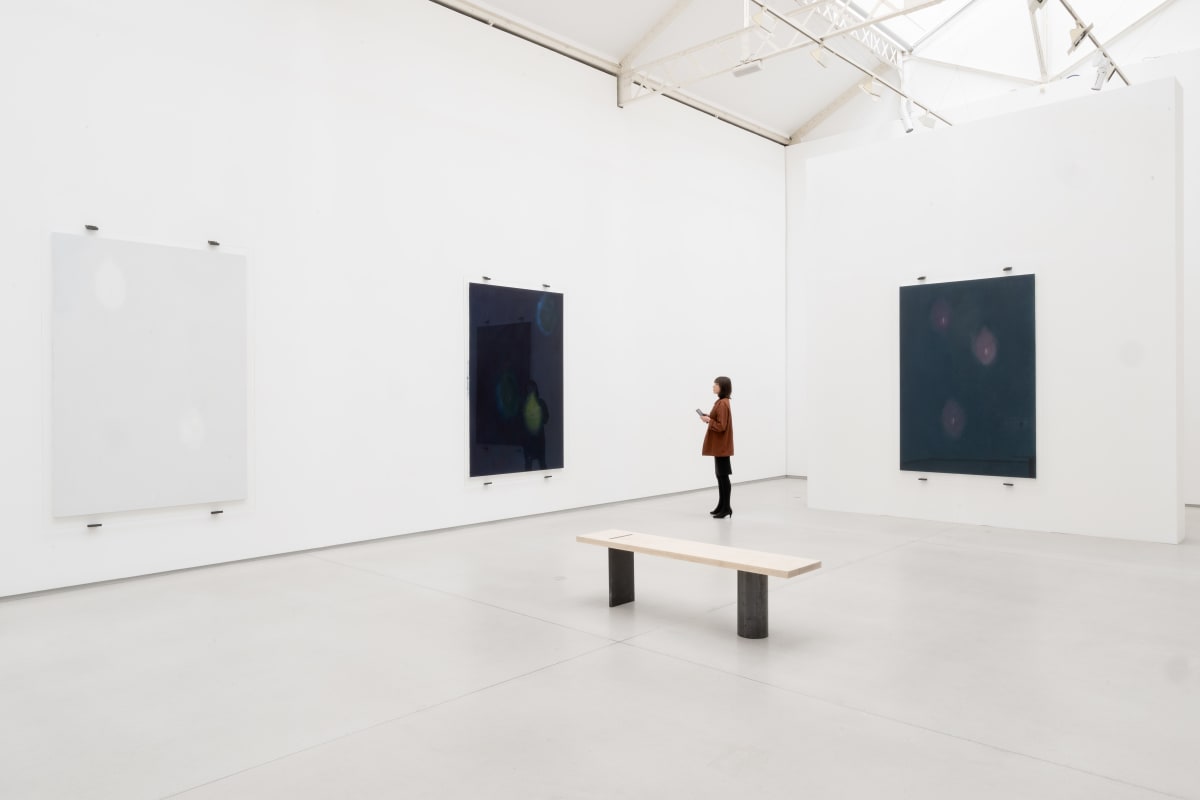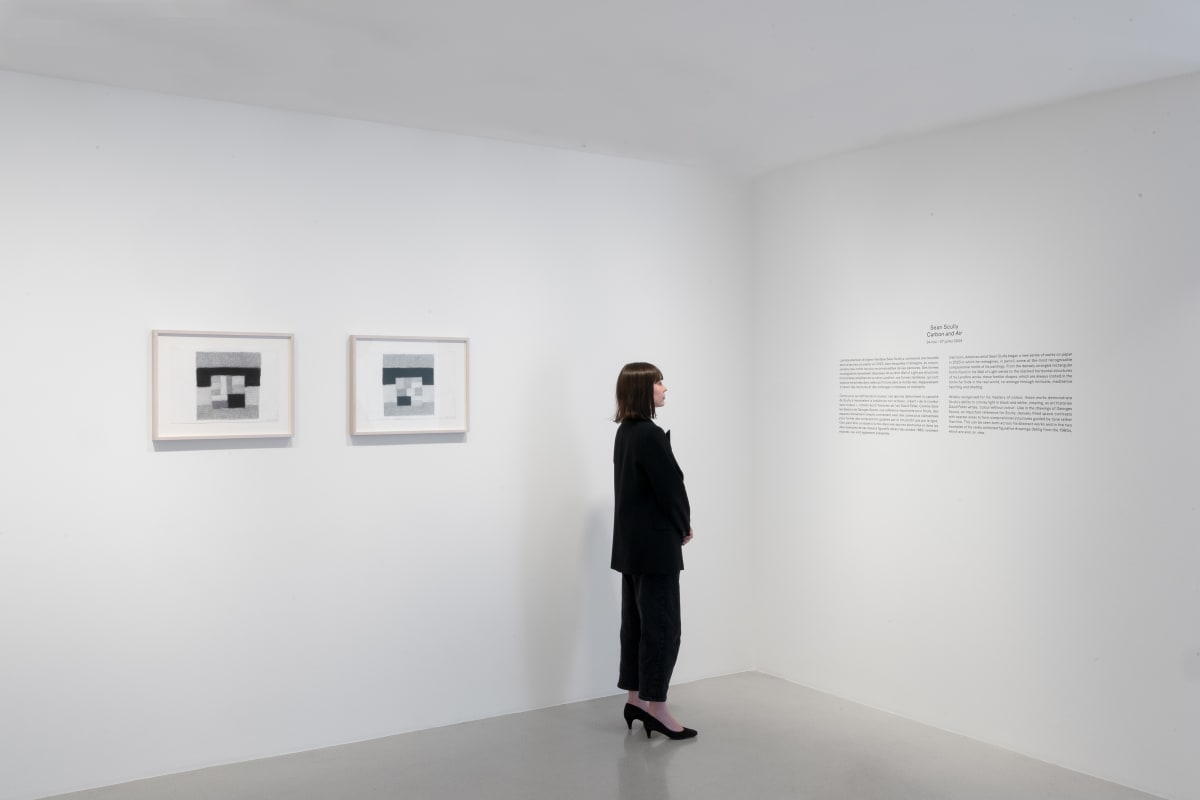Robert Rauschenberg and Japan, a Tale of Collaboration Henri Robert on the exhibition in Salzburg
In the early 1980s, the American contemporary artist discovered the potential Japanese ceramics had to offer in Shigaraki.
An iconic figure in contemporary American art, Robert Rauschenberg (1925-2008) bridged the gap between abstract expressionism and pop art in the 1950s, while refusing to be affiliated with one particular movement. Bringing together materials, symbols, cultures and sources, he began a collaboration with Otsuka Ohmi Ceramics Company (OOCC) in the early 1980s in Shigaraki, Japan.
This project is a continuation of two founding series: Combines (1953-1964) —hybrid pieces combining painting, collage and everyday objects— and Spreads (1975-1983), in which he used transferred and silkscreen images as well as assemblage, sometimes as part of important installations. He continued this work in Japan, integrating the technique specific to Japanese pottery making and imagery inspired by the country’s culture, thus fusing ancient and modern.
Intercultural exchanges
Robert Rauschenberg wanted to develop an intercultural dialogue and encourage sharing of skills, particularly artisanal. Sensitive to Japanese culture, he borrowed the title of one of his installations, Famous Murders with Poems, from Yoshitoshi, a 19th-century Japanese master of woodblock printing. As part of his association with the OOCC, he worked with Japanese chemists ‘to produce glazes that allowed him to silkscreen photographs onto transfer sheets that were then fused with the ceramic’, giving rise to the series of Japanese Clayworks (1982/1985). These pieces bear the mark of the place where they were made, incorporating motifs found on Japanese ceramics, while the artist’s ‘traditional’ signature is accompanied by a transliteration of his surname in kanji, a form of Japanese writing adapted from Chinese characters.













































































































































































